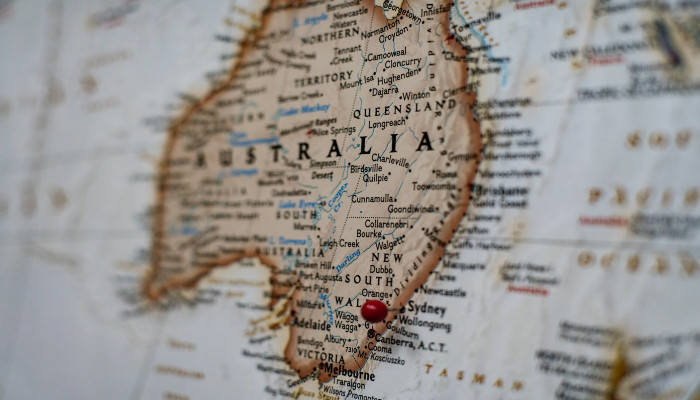
The current property market slowdown is becoming more widespread, particularly in the more expensive areas, exacerbated by the recent rate hikes over the past months
CoreLogic’s Mapping the Market tool showed that over the second quarter of the year, 41.9% of house and unit markets reported a decline in value, significantly up from the 23.5% of the markets that did the same during the first three months of 2022.
CoreLogic economist Kaytlin Ezzy said the slowdown is now evident beyond Sydney and Melbourne, with the rate hikes resulting in downward pressure on broader markets.
“Signs of a slowdown and falls in value were already evident before the rate rises but are now beginning to impact the more expensive areas of Brisbane, Canberra and Hobart,” she said.
“Historically, premium suburbs are more volatile than the more affordable areas, values shoot up much faster during an upturn, but are among the first to fall during a declining market.”
Sydney, Melbourne still the most impacted
Market conditions worsened across most states and territories, but Sydney remained the most impacted.
Around four in five house markets in Sydney recorded a fall in values over the past quarter but about three of four suburbs still have a median house value of more than $1m. No markets in Sydney have a median house price of $500,000.
Sydney’s unit markets were slightly more resilient, recording a less intense price decline over the quarter.
Over two-thirds of the unit markets had a median value of between $500,000 and $1m, while 30.6% recorded a median above $1 million. Only 19 areas recorded a median value below $500,000.
Melbourne has a similar story, with the downturn affecting 80% of its housing and 60% of its unit markets.
“Units nationally have proven to be slightly more resilient than house markets, which largely comes down to affordability — while units in some of those more expensive inner-city areas are starting to decline nationally, fewer unit markets fell over the quarter than houses,” Ms Ezzy said.
Slowdown now apparent across other capital cities
Brisbane’s growth conditions remained positive during the quarter but 11.6% of its markets reported a quarterly fall in June.
Interestingly, there is growth in the number of suburbs in Brisbane where values have surpassed $1m, now at 35.7% from 33.2% during the previous quarter.
In terms of units, only 10 markets in Brisbane registered a decline in value.
Meanwhile, Adelaide rose to be the strongest market for housing after it recorded the highest quarterly growth in prices at 5.1%.
However, Adelaide’s growth has been slowing since February.
“A quarter of Adelaide’s house markets are recording a median of $1m or more, yet despite its recent growth, it also remains relatively affordable with a number of unit and house markets still recording a median of less than $500,000,” Ms Ezzy said.
Across Perth, fewer than 20 markets recorded a decline in values during the quarter. Perth remains the most affordable market for housing in terms of median value.
In Hobart, more than half of housing markets and around three unit markets witnessed a decline in values over the quarter.
While several house and unit markets in Canberra recorded declines in median prices over the quarter, no annual falls were recorded.
Meanwhile, only two suburbs in Darwin saw a decline in prices during the quarter.
—
Photo by @joey_csunyo on Unsplash.
